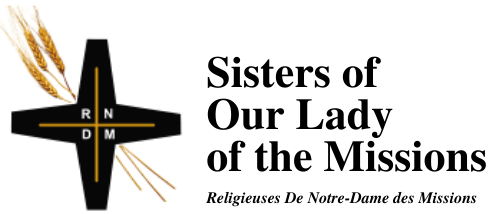Reflection for the Second Sunday of Ordinary Time C / Second Sunday after Epiphany
Readings: Isaiah 62: 1-5 ; Psalm 96 (RM) or 36 (RCL); I Corinthians 12: 4-11 (RM) or 1-11(RCL); John 2: 1-11.
She has no name.
Not here and not in John 19:26 where she turns up again.
She’s his mother.
She posed an innocent observation as an implied request.
He snapped back at her rudely.
She demurred, backed off, and spoke to the servants instead, hoping he’d get it.
Fortunately he did.
The Gospel of John operates on multiple levels of symbolism, and this story is full of details, each of which operates on several levels. This story does not appear in the other three Gospels, and it reverses the order in which Jesus’ disciples are shown to realize that he is the promised Messiah. In John they get it from the start – elsewhere they stay clueless, no matter how many miracles they witness, or how many instructive parables they hear.
Most commentators on this story go to some effort to reassure contemporary readers that Jesus wasn’t being nearly as mean as he seems. Gyne, the Greek word for “woman,” isn’t supposed to sound like abuse, we’re told, but rather a term of address he used for the Samaritan woman in 4:21 and the woman brought to him for judgement in 8:10, as well as for Mary Magdalene in the garden in 20:15. It functions somewhat like “Madam” or “Ma’am.”
Let’s take it one level deeper. The whole gospel is constructed in such a way that the figure of Jesus’ mother acts as a pivot, at the beginning and at the end of his ministry. This shows up in the words of Jesus, “My hour has not yet come” (a reference picked up in the narrative of his suffering and death,) as well as in the expression “On the third day…” which would later serve as a synonym for the resurrection.
In the gospel of John his mother was present for both events, like opening and closing parentheses on his public ministry, the beginning and the end, symbolic markers of a defined time period that began, and in good time ended, as if by design. Commentator Barbara Reid calls these two scenes “bookmarks, framing the whole gospel.”
Let’s take it another level deeper. To this day, when you enter a restaurant in Israel you’re likely to see a sink and faucet near the entrance, for washing. Water of course carries its own rich range of symbolization, but here the story’s focus is on the transformation of water used for the pre-meal ritual purification into high quality wine. Wine carries a host of very different and even contradictory symbolic overlays, from joy to suffering, from nourishment to sacrifice, from “the fruit of the vine and work of human hands,” to a pure gift of God.
And you wouldn’t be far off if you just leave it on the level of pure gift. In spite of the implication that his mother knew that he not only could, but should, create a miraculous transformation of water into wine, he was not obligated to do so. This might explain his apparent snappishness, followed by his abrupt about-face and subsequent concession to her implied request. The good wine was pure gift. Unexplainable, unnatural, supernatural in fact.
Would it be outlandish to say that the mother of Jesus, in effect, gave birth to the first sign of who he was as divine? Birthed his public ministry? Accompanied him at its culmination, and birthed him into the unexplainable – the gift of life beyond death?
© Susan K. Roll
This Reflection has been lightly edited from that of January 16, 2022.
Susan Roll retired from the Faculty of Theology at Saint Paul University, Ottawa, in 2018, where she served as Director of the Sophia Research Centre. Her research and publications are centred in the fields of liturgy, sacraments, and feminist theology. She holds a Ph.D. from the Catholic University of Leuven (Louvain), Belgium, and has been involved with international academic societies in liturgy and theology, as well as university chaplaincy, Indigenous ministry and church reform projects.




